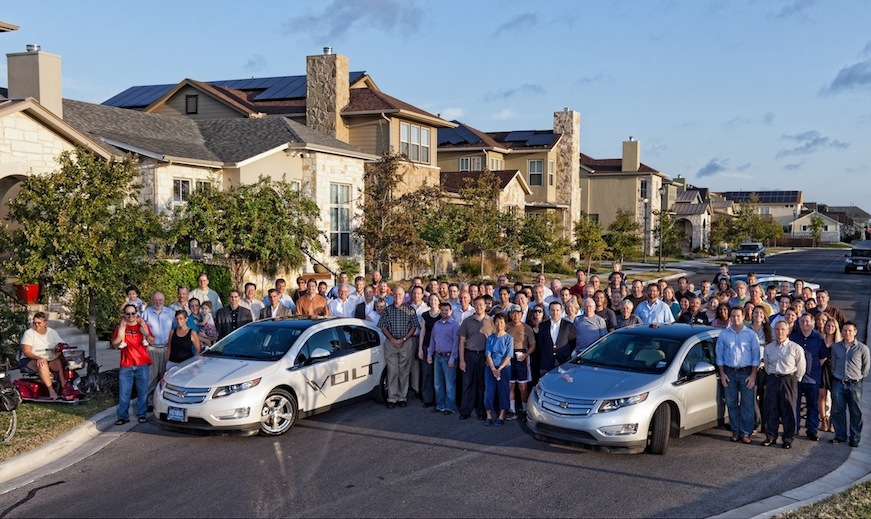Consumers remain missing link in smart grid adoption

Updated to clarify Tendril adoption numbers.
AUSTIN, Texas - Before I begin this post, a question. How many of you reading this blog, provided you had the technology tools to do so, would actually take time out of your life to review and proactively manage your daily energy consumption? Yep, that's what I thought. While I wish it weren't so, I still believe there isn't much incentive for consumers to manage this information that closely. At least so far.
I'm not the only one who thinks that way, apparently. A panel during the inaugural SXSW Eco conference suggested that altering consumer behavior with respect to their energy consumption habits remains the single-biggest challenge to the rise of the smart grid -- that marvelous, much-wished-for intersection of information technology and the legacy electricity distribution system. Actually any legacy utility system, for that matter.
Brewster McCracken, executive director of the Pecan Street smart grid research project in Austin said data gathered during the state's historic heat wave in July and August offered vivid evidence that smart grid users will react the same way to extreme weather situations as traditional consumers.
During those hot months, energy usage between these two groups was virtually identical, he said. "Without feedback, people don't know the impact of their actions," McCracken said. And even when they can see that their energy consumption is rising, it turns out that pretty much everyone wants the air-conditioning on during scorching heat waves.

The big difference in behavior between those using smart grid technology and their traditional Austin neighbors is where that electricity came from during the heat wave -- and this is where the potential of the smart grid shines.
McCracken reported that Pecan Street homeowners who had invested in solar panels opted to use them heavily during peak hours during that heat wave, in order to help alleviate some of the strain on the electricity distribution system. Those households switched to solar for 70 percent to 117 percent of the power they needed. So, even though they didn't change their habits by reducing electricity consumption, they were smarter about the generation source. Some even generated enough power to send it back to the grid and see a bit of a financial incentive.
There, I said it. Money. That is one surefire way to get people in the smart grid, especially during this economy. Michael Legatt, principal human factors engineer for Electricity Reliability Council of Texas, said the killer consumer application for the smart grid isn't just enhanced reliability it is the notion that you as an energy consumer would receive financial incentives for acting in a certain way when it comes to energy consumption. "The killer app may well be the wallet," he said.
Another key to getting people interested in home energy management will be to show them that energy and water consumption information can be useful for other applications, McCracken said.
Consider a scenario in which parents leave their teenage children home alone for an evening and receive an alert on their smartphone midway through the night altering them to a sudden spike in water usage (in the form of toilet flushes). Yes, those parents will know exactly how much water is used during the night, they might also now be wise to the fact that their teenagers did some unauthorized entertaining while they were out.
Adrian Tuck, CEO of Tendril, a technology company that hopes to serve as the integrating link between consumers, utilities and ecosystem partners such as appliance companies, said adoption has been accelerating. It took his company almost five years to penetrate 100,000 homes; Tendril's technology will reach close to 2.6 million households within six month, he said. "We hope this is the start of a wave that will roll out," he said. Smarter appliances based on Tendril's software could be on the market by the beginning of 2012, he said, which is another factor in making the smart grid easier.
Consumers by and large will not pay large upfront costs for home energy management nor are they likely to pay for ongoing services, Tuck said. The key lies in making it simple and seamless to use, he said.
Photo courtesy of Pecan Street
This post was originally published on Smartplanet.com